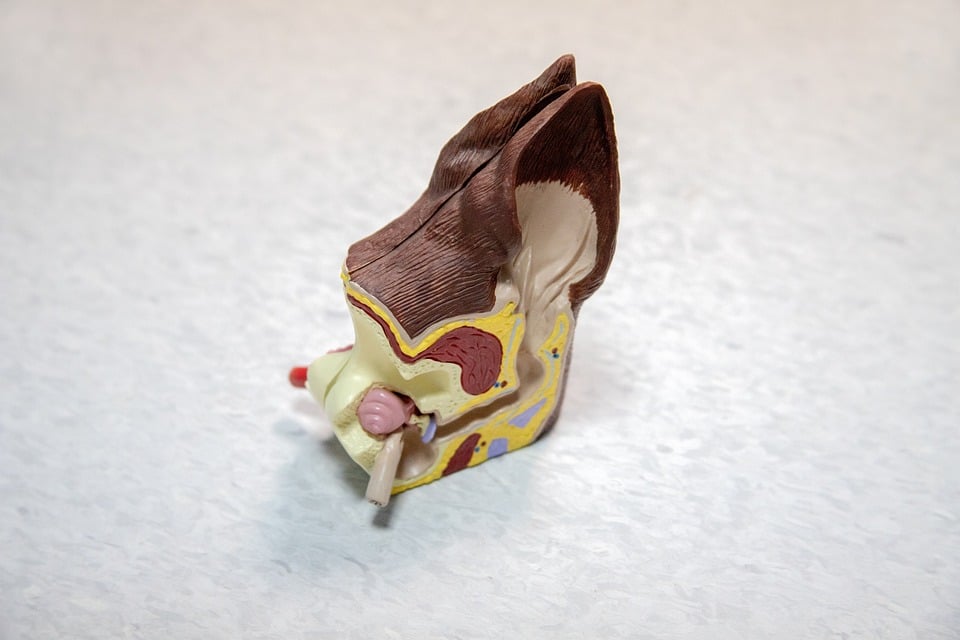Quick Action Saves Lives: First Aid for Choking Dogs
Choking can be a life-threatening emergency for both humans and animals. When it comes to our furry friends, it is important to be prepared and know what to do if they start choking. With quick action and first aid knowledge, you can potentially save your dog’s life. In this article, we will discuss choking in dogs, signs to look for, and step-by-step instructions for performing first aid.
Choking in dogs can occur when a foreign object becomes lodged in their throat, blocking the airway. Dogs, being curious creatures, may often explore their surroundings by sniffing and chewing objects. This increases the risk of them ingesting something that can cause them to choke. Common examples include bones, toys, balls, rocks, or even a piece of food that is not chewed properly.
It is important to keep a close eye on your dog, especially when they are exploring new environments or playing with toys. Dogs that are prone to scavenging, like Labradors and Beagles, are particularly vulnerable to choking. Puppies are also more at risk due to their natural curiosity and tendency to put everything in their mouths.
Recognizing the signs of choking in dogs is crucial in order to provide timely assistance. Some common signs include:
1. Difficulty breathing: Dogs may exhibit rapid, shallow breathing or have trouble breathing altogether.
2. Coughing or gagging sounds: If your dog is continuously coughing or making choking/gagging sounds, it is a clear sign that they are struggling to breathe.
3. Pawing at the mouth: Dogs choking on a foreign object may paw at their mouth, indicating their distress.
4. Blue gums or tongue: Lack of oxygen may lead to a bluish discoloration of the gums and tongue.
If you suspect that your dog is choking, it is important to remain calm and act quickly. Here are the steps you can take to provide first aid for a choking dog:
1. Assess the situation: If your dog is still able to breathe, it is best to let them try to cough up the object on their own. However, if the dog is choking and unable to breathe, immediate intervention is required.
2. Restrain the dog: Approach your dog calmly and gently. Restrain them by gently wrapping your arms around their body or using a towel to secure their head and muzzle.
3. Open the mouth: If possible, attempt to open the mouth and perform a visual sweep of the throat. Be cautious when doing this, as the dog may be in pain or may try to bite in distress.
4. Perform back blows: If you can see the object blocking the airway, try using your fingers or a pair of tweezers to remove it. If the object is not visible or you cannot remove it, move on to performing back blows. Stand behind the dog and give firm, upward blows between the shoulder blades using the heel of your hand. This may help dislodge the object.
5. Perform the Heimlich maneuver: If back blows do not work, you may need to perform the Heimlich maneuver. For small dogs, place your hands just below their ribcage and apply firm, upward pressure. For larger dogs, place one hand over the other and use your closed fist to apply inward and upward pressure below their ribcage.
6. Repeat: Continue alternating between back blows and the Heimlich maneuver until the object has been dislodged or the dog starts breathing again. It is important to stay calm and focused during this process.
After successfully performing first aid on your choking dog, it is still advisable to take them to the veterinarian for a thorough examination. This is important to ensure that the dog hasn’t suffered any internal injuries and there are no residual obstructions in the airway.
FAQs
Q: Can a dog choke on their own saliva?
A: Although rare, excessive drooling or a large amount of saliva can occasionally cause a dog to choke. In such cases, it is important to keep their airway clear and try to calm them down until they can swallow properly.
Q: Should I do a blind finger sweep to remove the object?
A: No, blindly sweeping your finger to remove the object can potentially push it further into the throat and cause more harm. Only attempt to visually locate and remove the object if it is safe to do so.
Q: Can I perform the Heimlich maneuver on a dog with a large belly?
A: Yes, you can still perform the Heimlich maneuver on a dog with a large belly. Place your hands just below their ribcage and apply inward and upward pressure.
Q: How long can a dog survive without oxygen during choking?
A: The amount of time a dog can survive without oxygen during choking varies depending on the individual dog and the severity of the obstruction. However, it is crucial to act quickly and provide first aid as soon as possible.
Q: Are there any preventive measures I can take to avoid choking incidents?
A: Absolutely. It is important to keep any potential choking hazards out of your dog’s reach. This includes small toys, bones, balls, and other objects they could potentially ingest. Additionally, make sure to supervise your dog while they eat and chew on their toys, especially if they tend to swallow without chewing properly.
Choking is a serious and potentially life-threatening situation, but with quick action and proper first aid, you can greatly increase the chances of saving your dog’s life. Remember to stay calm, assess the situation, and provide the necessary assistance. Understanding the signs of choking, as well as the steps for performing first aid, can make all the difference in an emergency. Always consult with a veterinarian after providing first aid to ensure your dog’s wellbeing.

